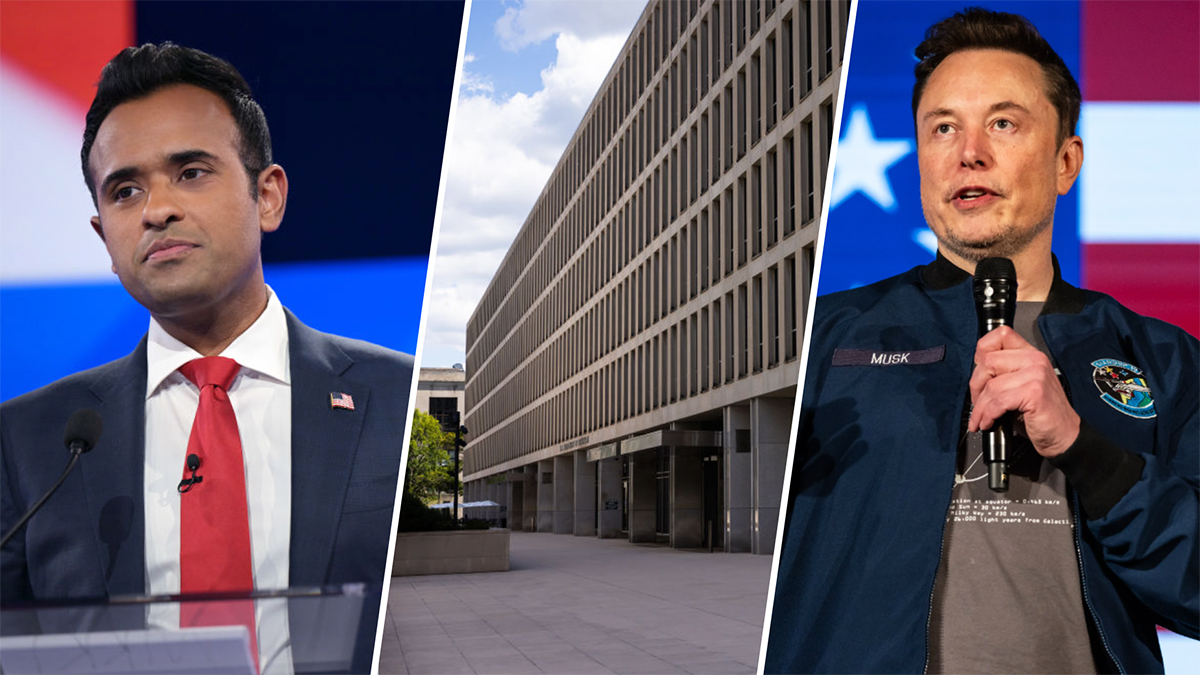The Air Force and NASA put 29 tiny satellites into orbit, including a smartphone and a satellite built by students, on Tuesday night.
The privately built Minotaur rocket lauched at 8:15 p.m. EST from NASA's Wallops Island, Va., launch site. The NASA launch pad is getting more use, giving more Americans a view of soaring spacecraft that used to be limited to Florida and California.
Experts estimated that the launch would be seen from Savannah, Ga., to Montreal to central Ohio.
The rocket launched as part of an Air Force test program, carrying satellites that are smaller than many ordinary shipping boxes.

One of the satellites is the guts of an ordinary smartphone that NASA is using to control a four-inch cube satellite that it calls PhoneSat 2.4; it will be "the first use of a phone as control system for a satellite," said NASA small satellite program manager Andy Petro. NASA sent three smartphones to orbit in April and they functioned briefly before coming back to Earth, but this will control the way the satellite operates.
And this phone-run satellite will remain in a 250-mile orbit for two years, Petro said. Solar panels and extra batteries will keep it running. Because it won't actually make a phone call, NASA didn't have to buy any cumbersome two-year service plan, Petro joked.
Local
Washington, D.C., Maryland and Virginia local news, events and information
The project, costing about $10,000 including the spare batteries and solar panel, is designed to see if NASA can get away with smaller, cheaper science satellites for its research work, he said.
One of the other notable satellites was a two-pound box built by students at Thomas Jefferson High School for Science and Technology at Alexandria, Va. That cube contains a voice synthesizer that converts text to voice and transmits it back to Earth via amateur radio.



